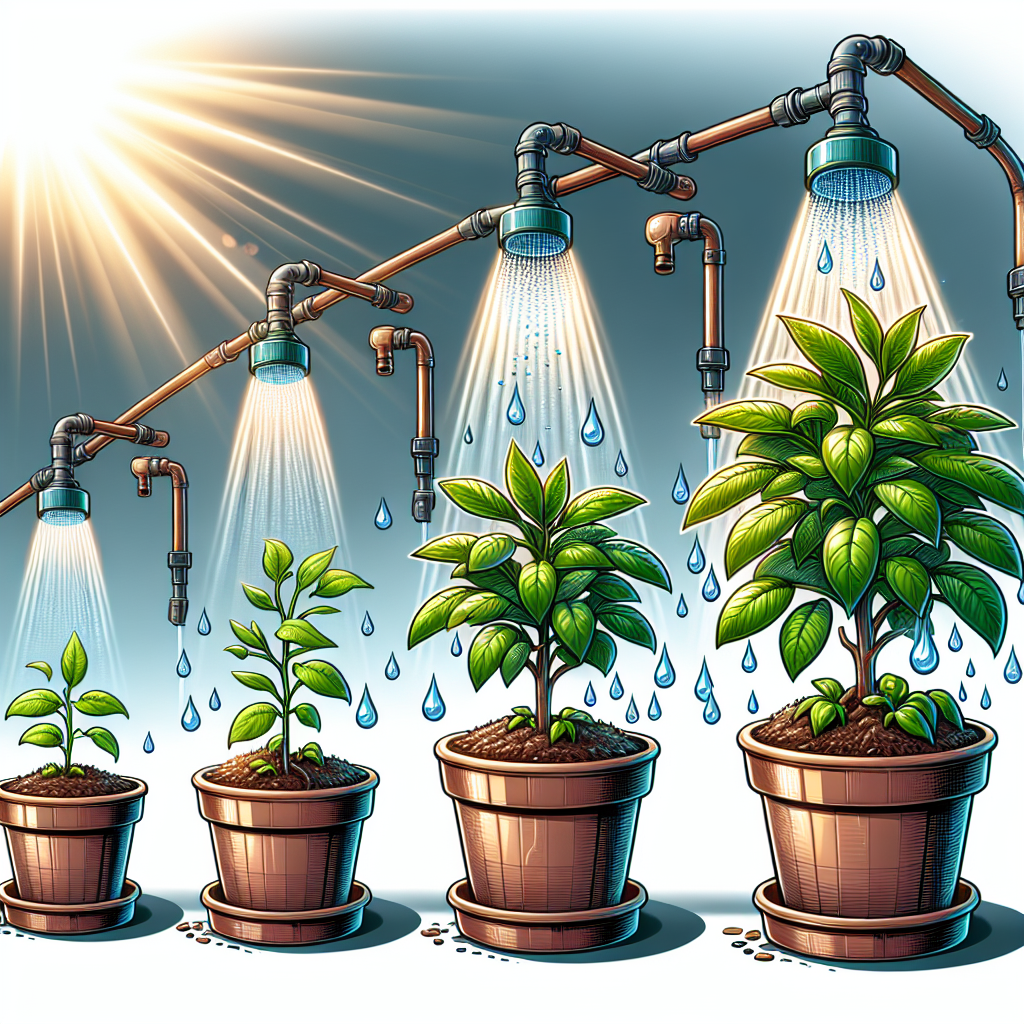Watering plants can sometimes be a tricky task, especially when it comes to potted plants. Overwatering can lead to root rot and other issues, while underwatering can cause the plant to wilt and die. Finding the right watering solutions for your potted plants is essential to their overall health and growth. One solution that many gardeners swear by is slow drip watering systems.
Slow drip watering systems are an effective way to provide your potted plants with a consistent supply of water without overwatering them. These systems slowly deliver water directly to the roots of the plant, ensuring that it gets exactly what it needs without wasting any water. There are several different types of slow drip watering systems available, each with its own benefits and drawbacks.
One popular option for slow drip watering is using a self-watering pot. These pots have a reservoir at the bottom that holds water, which is then drawn up into the soil through capillary action as the plant needs it. This system is great for busy gardeners who may not have time to water their plants every day.
Another option is to use a traditional drip irrigation system with a timer. These systems can be set up to deliver water at specific intervals throughout the day, ensuring that your plants receive a steady supply of moisture. This method works well for larger pots or multiple pots that are grouped together.
If you prefer a more DIY approach, you can create your own slow drip watering system using materials you may already have on hand. One popular method is to repurpose old plastic bottles by poking small holes in them and burying them in the soil next to your plants. Fill the bottles with water, and they will slowly release moisture into the soil as needed.
Another DIY option is to use a soaker hose or porous tubing around your pots. These hoses allow water to seep out slowly along their entire length, providing your plants with a gentle and consistent source of moisture. This method works well for larger pots or containers that may need more water than traditional methods can provide.
No matter which slow drip watering system you choose, there are some key tips to keep in mind when using them:
1. Monitor the moisture levels in your pots regularly to ensure that they are getting enough water.
2. Adjust your watering schedule as needed based on factors like temperature, humidity, and plant size.
3. Make sure that your pots have proper drainage holes so that excess water can escape.
4. Use a high-quality potting mix that retains moisture but also drains well.
5. Consider adding mulch on top of the soil in your pots to help retain moisture and reduce evaporation.
In conclusion, slow drip watering systems are an excellent solution for keeping your potted plants healthy and hydrated without overwatering them. Whether you choose a self-watering pot, a traditional irrigation system, or create your own DIY setup, these systems can help take the guesswork out of watering and ensure that your plants thrive all year round. So why not give one of these easy slow drip watering solutions for pots a try today? Your plants will thank you!













